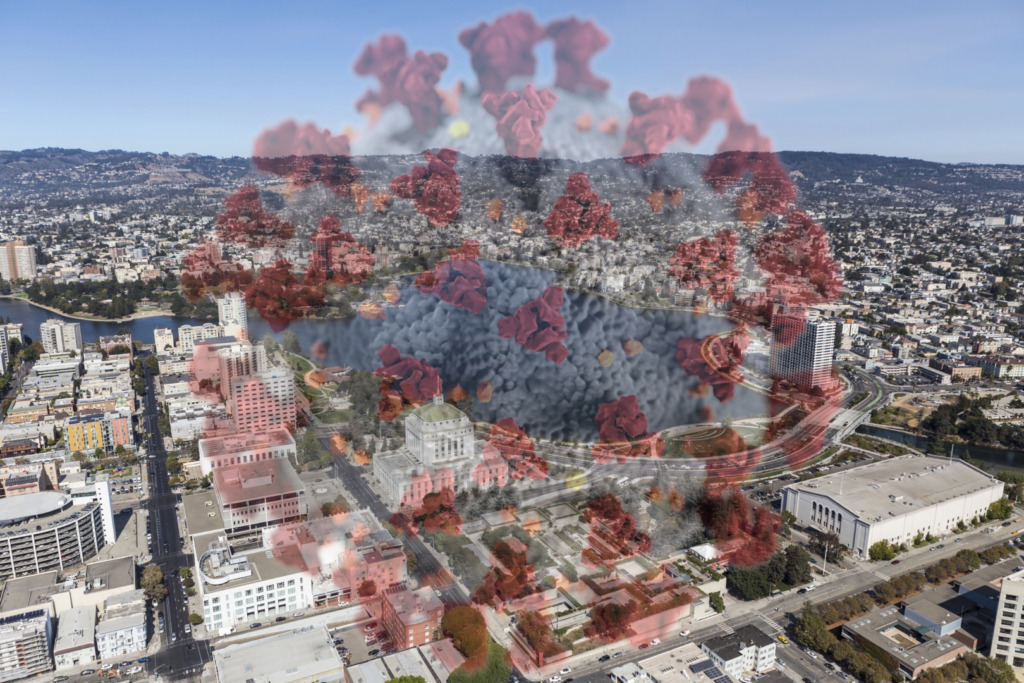Each submission gets timestamped with EST time and gets a unique identifier
assigned, example:
S10056


by Lara Sorokanich, Fast Company
For Fast Company’s Shape of Tomorrow series, we’re asking business leaders to share their inside perspective on how the COVID-19 era is transforming their industries. Here’s what’s been lost—and what could be gained—in the new world order.
Kimberly Dowdell, principal at HOK, president of the National Organization of Minority Architects
Part of the reason why the coronavirus has had such a tremendous impact on some of the more dense places, like New York City, isn’t just density. The issue is more about overcrowding, and that’s got more to do with economics than design. You could have an apartment that’s really intended for one or two people, but because of economic conditions, three or four people are living there, and that creates an environment that facilitates the disease at a higher rate. Those are some of the things we need to be mindful of when we think about policy design going forward: How do we create greater opportunity for people to live in less overcrowded conditions?
To some extent, we need to zoom out and look at policy relative to zoning and policies that impact financial outcomes. When we have a policy environment that enables developers to make a profit on more spacious and equitable places, then that’s when we can have a more robust conversation about specific design solutions.
I would also encourage my brothers and sisters in architecture to think outside of that, to look at serving on the planning commission, maybe even running for office, being a planning director, [being] part of the solution to increasing equity in our communities, which really happens at the table where policy is made. Ultimately developers have to do what the policies require them to do in order for them to get entitlement to property, to get public subsidy, to actually make a deal work. That’s where architects can have more influence.
Somehow within a 90-day period, we’ve experienced as a nation a recap of the Spanish flu, the Great Depression, and the Civil Rights Movement in a very tiny period of time. There’s a wealth gap in America where white people have 10 times the net worth of Black Americans. Right now, we have roughly 300 million people living in U.S. cities, but by 2050 that number is anticipated to be 400 million. So we’re going to see a ton more density, and architects have a major role to play in how that all gets worked out and designed. By 2045 the majority of people in the United States are anticipated to be people of color. That 51% will be mostly Latinx, and then behind that African American, Asian, and others. We’re going to be in a space with a lot more people, in the same cities, and be far more diverse than even we’re seeing now. We, as a society, have a responsibility to solve some of the racial tensions that have been a part of our makeup for over 400 years, so that we can actually have a more peaceful and harmonious situation.


Each submission gets timestamped with EST time and gets a unique identifier
assigned, example:
S10056


Your ID: S12312312






This notification means your entry was sent successfully to the system for review and processing.
If you have any further questions or comments, reach out to us via the main contact form on the site
Have a great day!







New to NOMA?
Create your account
Already have an account?
Sign in

Not A NOMA Member? Click Here!
Create your account
